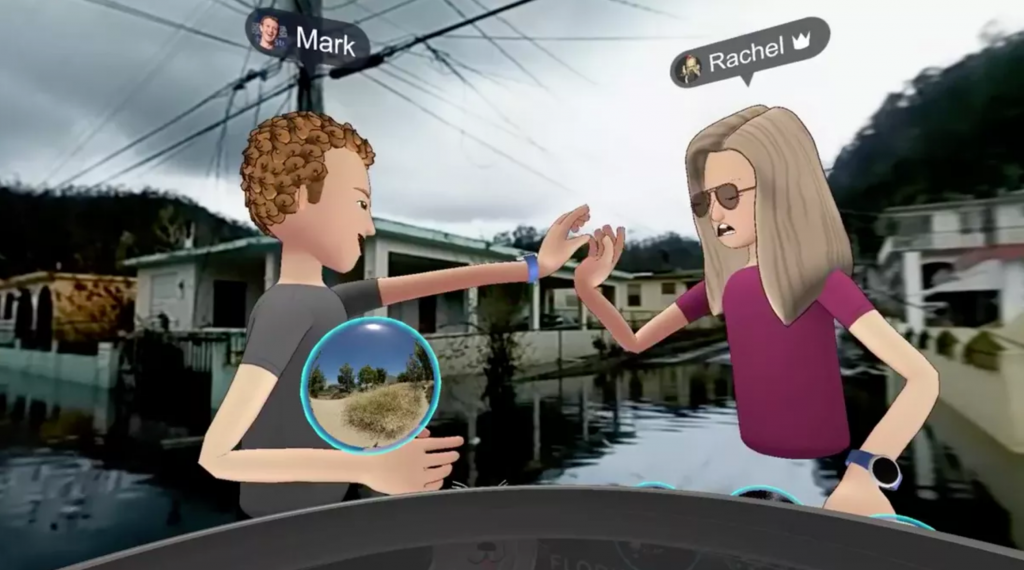Last week, a social media kerfuffle erupted when Facebook creator and CEO Mark Zuckerberg was met with heavy criticism after he launched an advertisement for Facebook Spaces, a new Virtual Reality component of the social media site.
Zuckerberg and an employee released a video of themselves using the feature, which creates a virtual avatar of the users and allows them to transport themselves to different places by means of a VR headset. One of the places to which they traveled was Puerto Rico, site of Hurricane Maria’s recent destruction.
The video sparked outrage as critics accused Zuckerberg of exploiting a tragedy in order to advertise his product.
Zuckerberg, however, is not the first to use virtual reality technology in the context of philanthropy and humanitarian disasters. In fact, virtual reality technology has been a growing fad in philanthropic campaigns over the last couple of years. If Zuckerberg’s use of the technology is off-putting, perhaps it is worth considering whether there might be foundational problems with the trend of virtual reality philanthropy at large.
It is certainly true that Facebook, being a multi-billion-dollar for-profit company, is distinct from many of the nonprofit organizations that use virtual reality for philanthropic campaigns. However, Facebook has been heavily involved in Hurricane Maria relief efforts, particularly in the form of technological developments, and the Puerto Rico section of the video was only included in the context of announcing Facebook’s new partnership with Red Cross in the development of relief aid technologies. To the extent to which Zuckerberg “used” Hurricane Maria in his video, in other words, it was for philanthropic ends.
However, it seems that there is something more immediately disturbing about the video.
“One of the magical things about virtual reality,” cartoon Zuckerberg notes as he levitates in front of a backdrop of several muddy and bedraggled Puerto Ricans struggling up a torn and decimated cliffside behind him, “is that you can get the feeling that you’re really in a place.”
The background, mid-sentence, flashes to a scene of houses halfway submerged in black water.
“Rachel and I actually aren’t even in the same building,” he refers to the other cartoon avatar in the video with him, the ripples behind them on the water reflecting the ruined human homes that surround what were once streets. They laugh as they make their virtual characters high-five.
“One of the most powerful features of VR is empathy. My goal here was to show how VR can raise awareness and help us see what's happening in different parts of the world,” Zuckerberg explained to the outraged viewers in defense of his intentions in making the video.
The fabrication of empathy with which Zuckerberg seeks to defend himself is precisely the goal of the various philanthropic organizations that have developed such technologies in recent years. And the events of the past week put on display the failure of virtual reality as a means to that goal. It is easy to chastise Zuckerberg for what seems like flippancy as he stands “surrounded by” scenes of great human suffering – the reality is that Zuckerberg, as anyone using virtual reality technology, is not surrounded by that other place, but rather by the comforts and luxuries of a first world setting that allows them to access these expensive technologies in the first place.
Virtual reality technology may present a new and remarkable way of acquiring information about remote places, but it is clear that this technology also runs the risk of commodifying human suffering.






